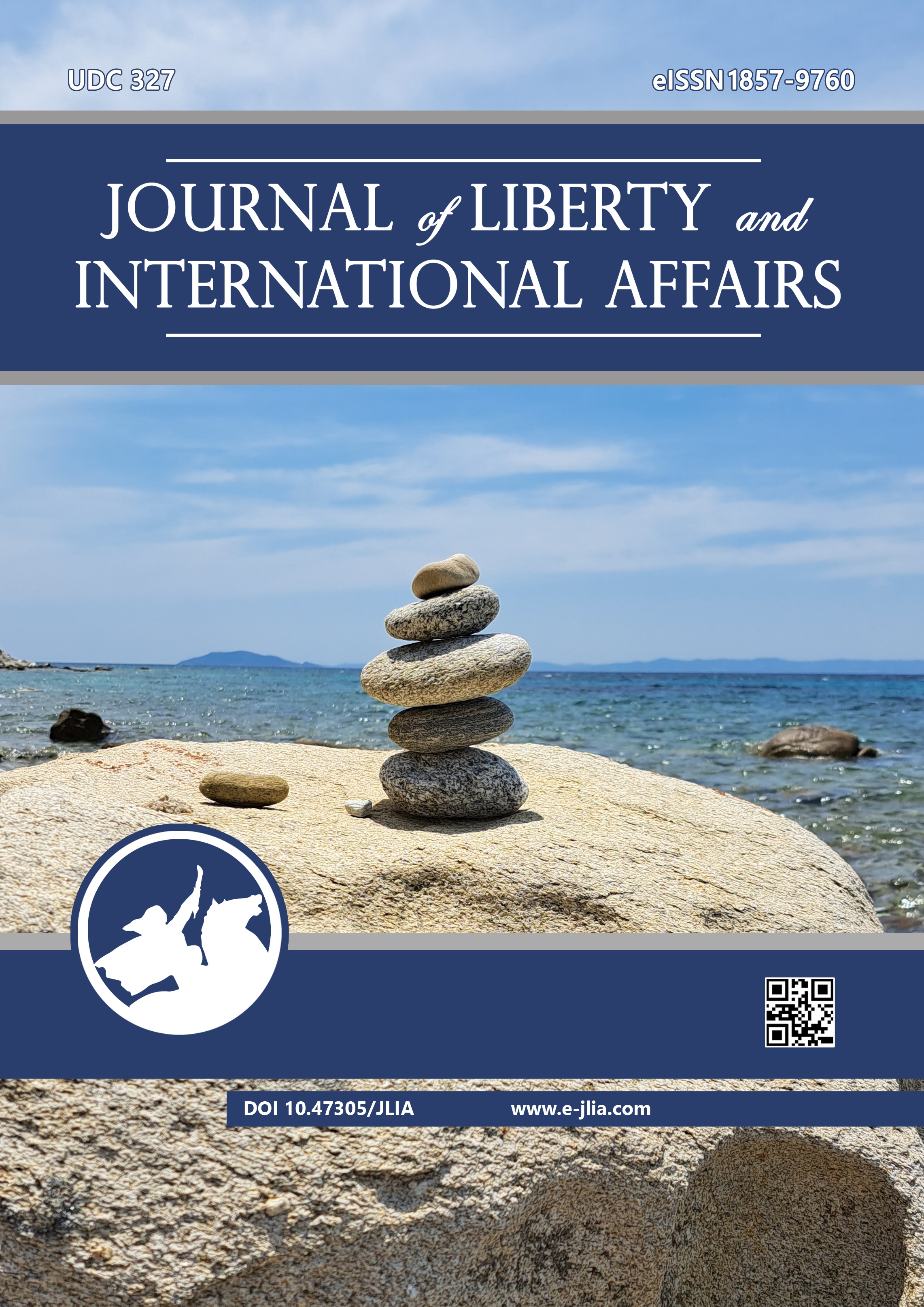THE IMPACT OF THE RUSSIAN-UKRAINIAN CONFLICT ON ARMENIA’S FOREIGN TRADE: A QUANTITATIVE ANALYSIS
THE IMPACT OF THE RUSSIAN-UKRAINIAN CONFLICT ON ARMENIA’S FOREIGN TRADE: A QUANTITATIVE ANALYSIS
Author(s): Diana Galoyan, Diana MatevosyanSubject(s): Politics / Political Sciences, Politics, Economy, Law, Constitution, Jurisprudence, National Economy, Supranational / Global Economy, Business Economy / Management, Energy and Environmental Studies, International Law, Political Theory, Political Sciences, Civil Society, Governance, Public Administration, Public Law, Economic policy, Environmental and Energy policy, Government/Political systems, International relations/trade, Security and defense, Military policy, Welfare systems, Developing nations, Political economy, Politics and law, Politics and society, History and theory of political science, Methodology and research technology, Comparative politics, Law on Economics, Inter-Ethnic Relations, EU-Accession / EU-DEvelopment, Financial Markets, Public Finances, Fiscal Politics / Budgeting, Socio-Economic Research, Geopolitics, Politics of History/Memory, Politics and Identity, Corruption - Transparency - Anti-Corruption, Peace and Conflict Studies, Commercial Law, Asylum, Refugees, Migration as Policy-fields, Administrative Law
Published by: Institute for Research and European Studies - Bitola
Keywords: Armenia; Foreign Trade; Russian-Ukrainian Conflict; Trend Analysis; Approximation; Forecasting
Summary/Abstract: This article aimed to provide a quantitative assessment of the impact of the Russian-Ukrainian conflict on Armenia’s foreign trade. The research problem was to analyze how the conflict influenced Armenia’s export and import patterns regarding geographical directions and product structure. The objectives were to examine the changes in trade turnover and identify shifts in geographical trade directions and trade structure. The study employed various statistical analysis tools, including dynamic series indicators, structural analysis, time series modeling, trend and moving average approximation, and extrapolation. Through these methods, the study evaluated the effects of the conflict on Armenia’s foreign trade. The key results indicated a positive impact of the conflict on trade turnover, with increased trade activity in various geographical directions. Export diversification was also observed as a result of the conflict. Notably, re-export played a significant role in the unprecedented growth of Armenia’s trade turnover during this period. In conclusion, the findings suggest that the Russian-Ukrainian conflict had a discernible influence on Armenia’s foreign trade, leading to changes in trade patterns and increased trade activity. The study highlights the importance of the re-exports role in analyzing trade dynamics.
Journal: Journal of Liberty and International Affairs
- Issue Year: 9/2023
- Issue No: 2
- Page Range: 89-103
- Page Count: 15
- Language: English

